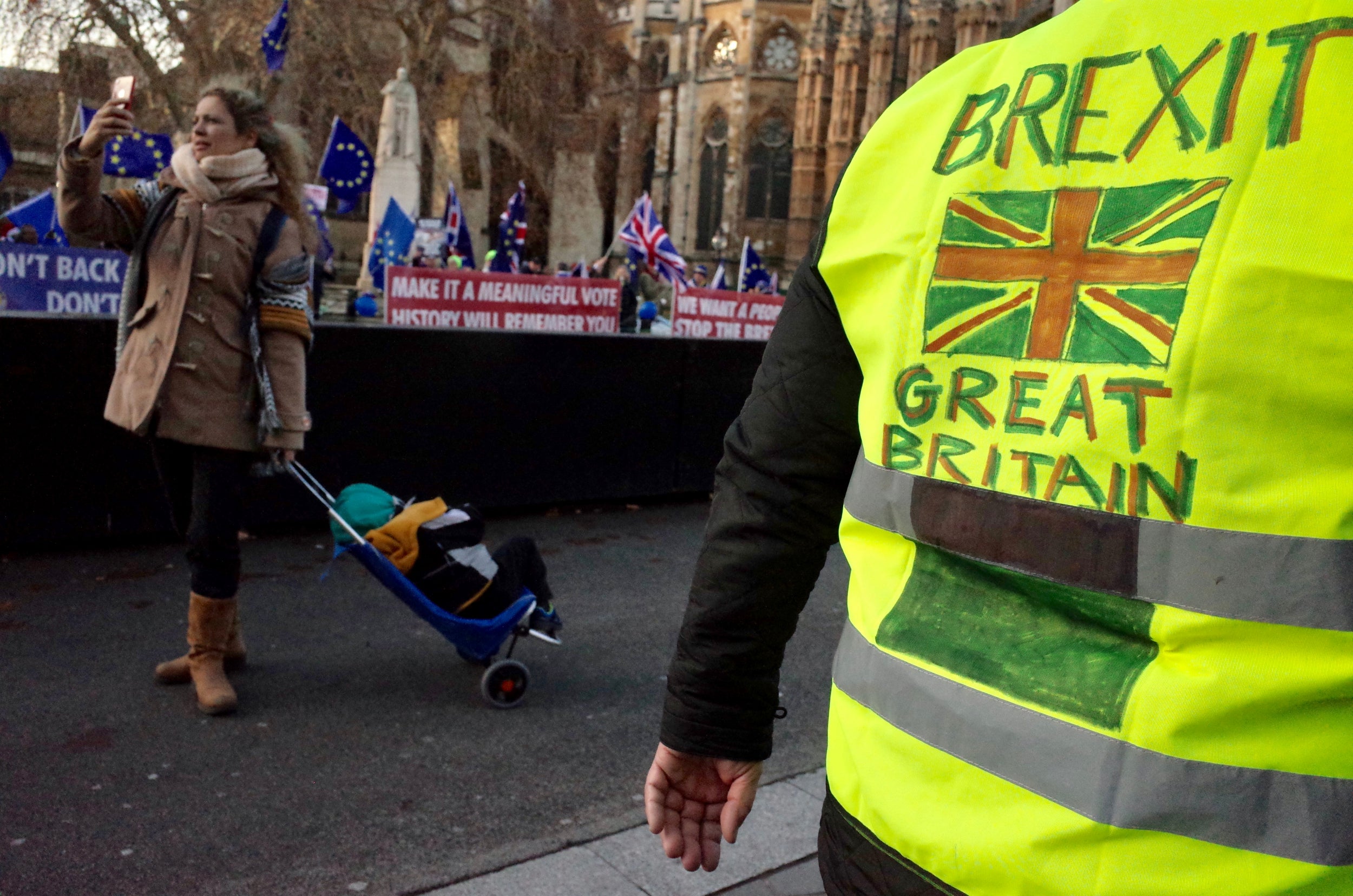Britain Before Brexit: a portrait of Greater London and its people
The Independent’s photographer Richard Morgan is examining his own country in the midst of Brexit’s chaos, scrutinising the contrasts of contemporary Britain and the ambivalence of modern Britishness. This week: Greater London

Your support helps us to tell the story
From reproductive rights to climate change to Big Tech, The Independent is on the ground when the story is developing. Whether it's investigating the financials of Elon Musk's pro-Trump PAC or producing our latest documentary, 'The A Word', which shines a light on the American women fighting for reproductive rights, we know how important it is to parse out the facts from the messaging.
At such a critical moment in US history, we need reporters on the ground. Your donation allows us to keep sending journalists to speak to both sides of the story.
The Independent is trusted by Americans across the entire political spectrum. And unlike many other quality news outlets, we choose not to lock Americans out of our reporting and analysis with paywalls. We believe quality journalism should be available to everyone, paid for by those who can afford it.
Your support makes all the difference.Britain is divided, by 12 regions, a statistical arrangement designed to help governments see the life of the population in graphs, charts, and tables. I’m looking at Britain through these regions too, but not statistically, not through numbers that ignore the brilliant details of everyday life, but through the lens of my camera, on the ground, up close.
Greater London
Theresa May announces that she will contest the vote of confidence in her leadership with a declaration that rather than flying to Dublin as planned, she will “now remain here in London”.
I watch the broadcast over breakfast, then take a train to London, reflecting on the role of the capital city in the PM’s speech. Her decision to stay in London, and to tell the public so, portrays the city as crucial and essential to the future of the whole country, as the only place from which crises can be resolved and the national interest be served.
It represents London as a strong, reliable, and reassuring point of national stability. And it gives the impression that London is sovereign, the decisive centre, moving Britain forward in a way that leaves nobody and nowhere behind.
London doesn’t turn out to be so straightforward. I find no knowable, distinct centre point as the PM’s speech suggests, but instead get lost in an intricate network of overlapping centres and peripheries, of intersectional circles and spaces.
I move through and between Uxbridge, Woodford, Harringay, and other “outskirts”, peripheries with their own centres and edges.
I go south, from West to East Croydon, across to Beckenham on the tram, and think how complete these places feel while remaining constituent parts of a greater London whole.
I go north again and visit the Hackney Museum, where an exhibition of the history of local black music brings “peripheral” music to the centre, from the margins to the mainstream, showing its importance to the area in general.
The more I move and the more I look, the idea of London as a definable centre of a country – Theresa May’s London – falls apart into minute details, into a fragmented, multi-layered, incomplete mosaic, its pieces scattered, some fitting, some not, the picture becoming ever more complicated, ever less coherent.
The closer you get to London’s “real” centre – Westminster, The Mall, Buckingham Palace – the further away from it you feel.
This is the London of which Theresa May speaks in her speech: the home of power and money and force. It’s a crazy, exceptional place in modern Britain, unparalleled in its sense of fear and its levels of protection, unrivalled in its pride and boastful sense of self-worth.
It likes to be looked at by unseeing, gaping, selfie-taking sightseers, photographing the same old thing, day after day, year after year, but not by curious eyes, looking for oddities and the incongruous, for pictures that might mock or undermine.
It is in this centre that I am approached by armed policemen and asked what I am doing, told that I am acting suspiciously, warned to stay in line. They don’t care about street photography and travel and looking for looking’s sake. But I do, and I walk away, over Westminster Bridge, mourning the death of curiosity as it chokes under suspicion in the toxic atmosphere of the establishment’s paranoia.
For more of Richard Morgan’s work you can visit his website here
Join our commenting forum
Join thought-provoking conversations, follow other Independent readers and see their replies
Comments